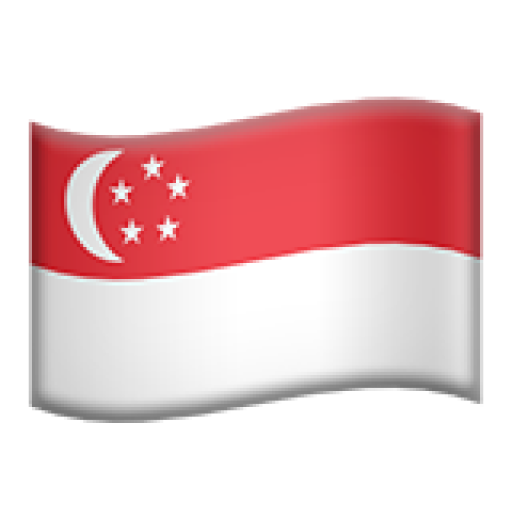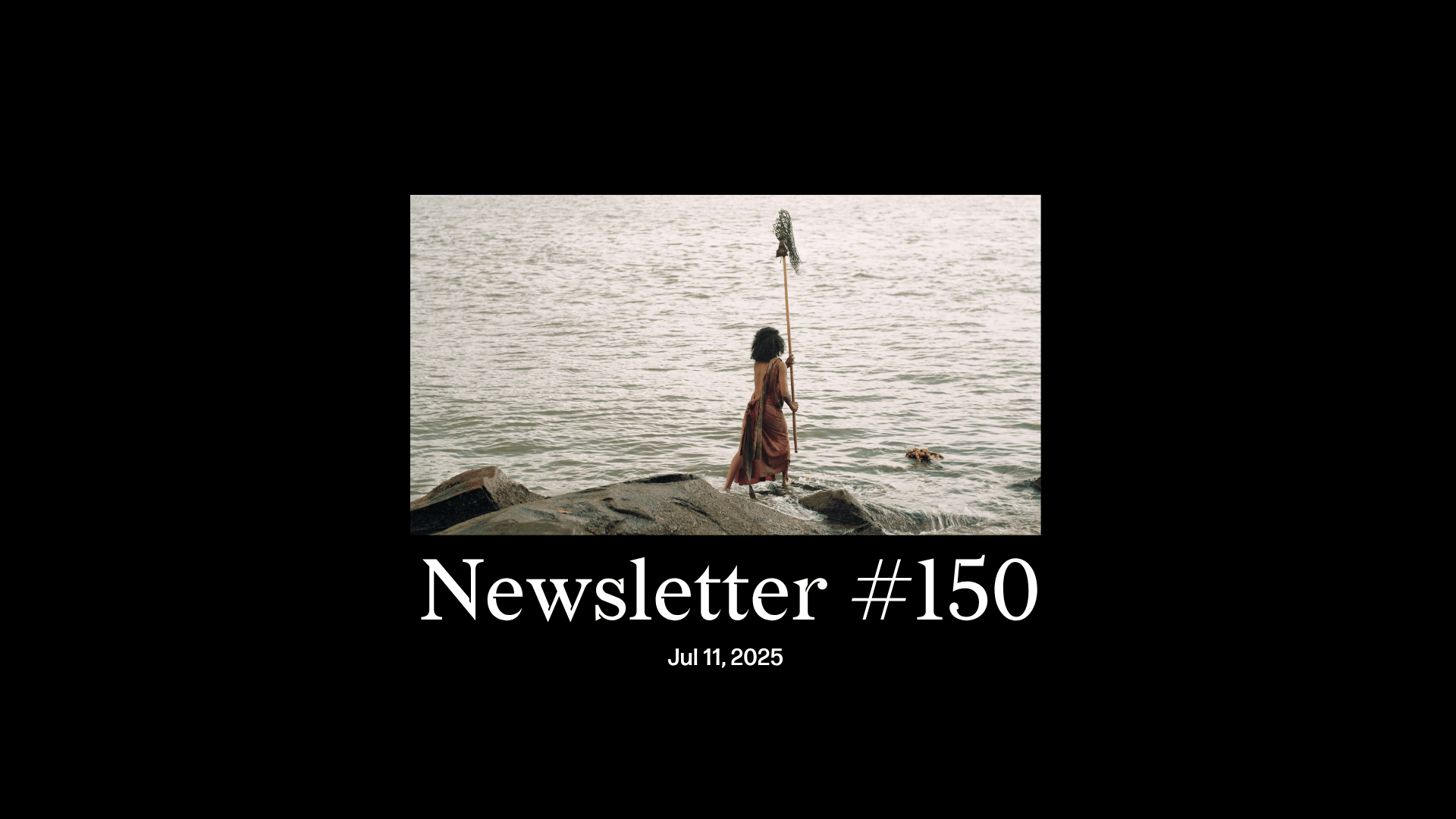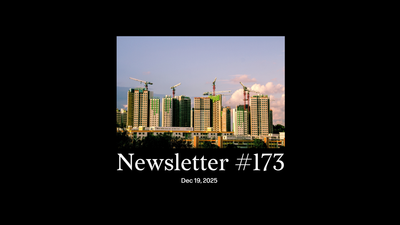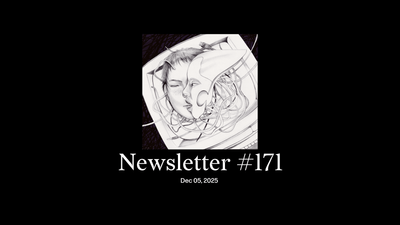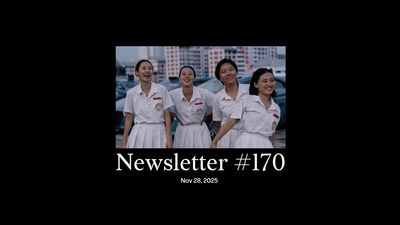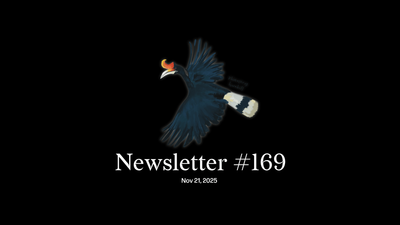Dear reader,
It’s a week where Singapore’s connections to people and places beyond our shores has been on our minds. In DC, Trump’s nominee to serve as ambassador to Singapore has had a rather trying senate hearing. In Beijing, Xinhua, their state-run news agency, met with SPH Media, our state-controlled news agency, and announced plans to “jointly tell the story of the two countries’ development and people-to-people friendship.” (So, flowery editorials about the wonders of autocracy and the dangers of independent thought?)
And across the causeway, Mahathir Mohamad turned 100. In his video interview with The Straits Times, he seemed sharper and more lucid than people much younger. Whatever one’s thoughts about his leadership of the country, he’s a beacon for active ageing.
- Will Lawrence Wong also become a leader of ASEAN regionalism?
- Does the PSP have a future without Tan Cheng Bock?
- The challenges with society’s drive to go cashless
- Vigilante justice against Singaporean paedophiles
- The history of Tan Tock Seng Hospital’s “Nightingale wards”
- Singapore at the Edinburgh Festival Fringe
And more, in our weekly digest. Read it now.
Jom is hiring! We’re looking for a part-time community manager who will be responsible for ensuring that Jom’s readers and followers are taken care of. The application deadline is today.
Essay: “Living with Tumasik and Temasek: meditations on our ‘national’ history” by Faris Joraimi and me.
Why did Ho Ching, former boss of Temasek and member of Singapore’s first family, write that bizarre Facebook post belittling Singapore’s pre-1819 significance? We’re not quite sure. One theory has it that there’s a little extended family feud involved. Kwa Chong Guan, nephew of Kwa Geok Choo, Lee Kuan Yew’s wife, is one of the historians behind Singapore: A 700-Year History, whose thesis is one of several that debunk Ho’s preferred narrative.
Whatever her motivations for doing so, it’s offered us all an opportunity to meditate on important concepts about our history, including the notion that the contemporary, territorial nation-state lens is necessarily the one through which we should understand ourselves—and that enigma called “Singapore”.
“...the more serious issue is the way we judge the past based on the standards of the present. These are standards laid down by modern, territorial nation-states that were never the default condition of human existence. Even the most thriving port-cities in old South-east Asia were tiny relative to today’s metropolises. Yet for over a thousand years, these little emporia played a vital role in international trade and politics…
But because we live in a time of territorial nation-states, history is often told as the story of how nation-states came to be. The past must always be backward and uneventful until the nation brought us into the bright dawn of history’s stage.”
Our piece, then, is less a critique of Ho’s words than a call to reimagine historical concepts and approaches. With less than a month to go before SG60, it’s an appropriate time to read it. I hope it helps remind you of your connections to beings and places across time. Our fates are intertwined in ways I think we’re only just beginning to grasp.
Jom belajar,
Sudhir
Editor-in-chief, Jom
Behind Jom’s art, with Charmaine Poh
Mark Chua and Lam Li Shuen are an artist duo whose mediums span music, film, expanded cinema, video games, and installations, often working through speculative fiction to explore “histories, materialities, and existential anxieties”, as their website states. Our pairing of a still from their latest film, “Inhabitants”, with this essay, is an attempt to draw connections between the various narratives surrounding Singapore’s ancient history. Whether artists or historians, we all have a stake in understanding our past.
If you’ve enjoyed our newsletters, please scroll to the bottom of this page to sign up to receive them direct in your inbox.

